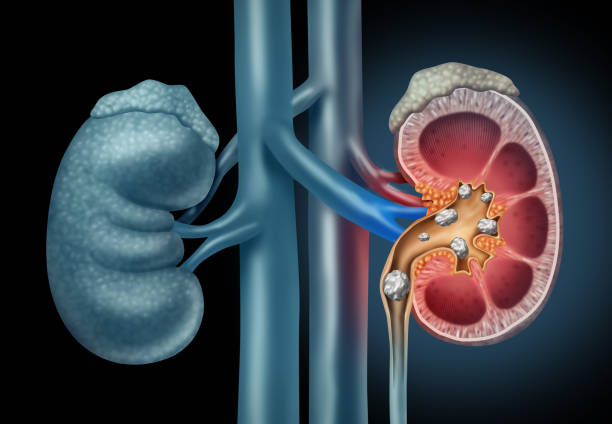Members are, in general, less democratic and free-market than advanced economies, and growing economic heft could bring a profound shift in influence. Yet the bloc lacks cohesion, and that will stand in the way of ambitious objectives for some in the group—such as challenging the dominant role of the dollar.
The BRICS started as a simple exercise. Jim O’Neill, then Goldman Sachs’ chief economist, set out two criteria for membership: Countries had to have a large economy already and be set to grow fast. Brazil, Russia, India and China stood out. An additional bonus—the first letter of their names formed a catchy acronym.
Members are, in general, less democratic and free-market than advanced economies, and growing economic heft could bring a profound shift in influence. Yet the bloc lacks cohesion, and that will stand in the way of ambitious objectives for some in the group—such as challenging the dominant role of the dollar.
The BRICS started as a simple exercise. Jim O’Neill, then Goldman Sachs’ chief economist, set out two criteria for membership: Countries had to have a large economy already and be set to grow fast. Brazil, Russia, India and China stood out. An additional bonus—the first letter of their names formed a catchy acronym.











